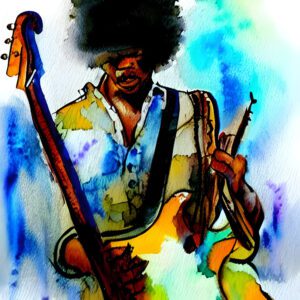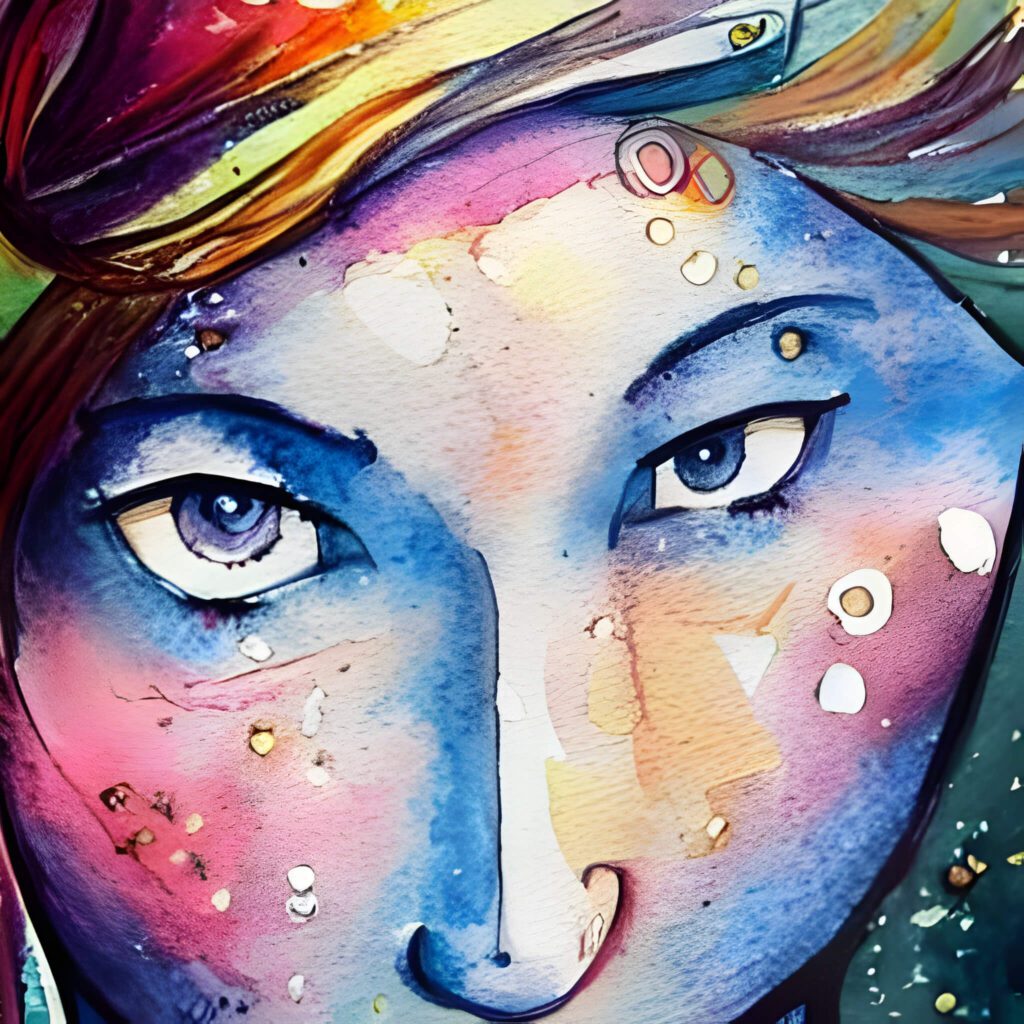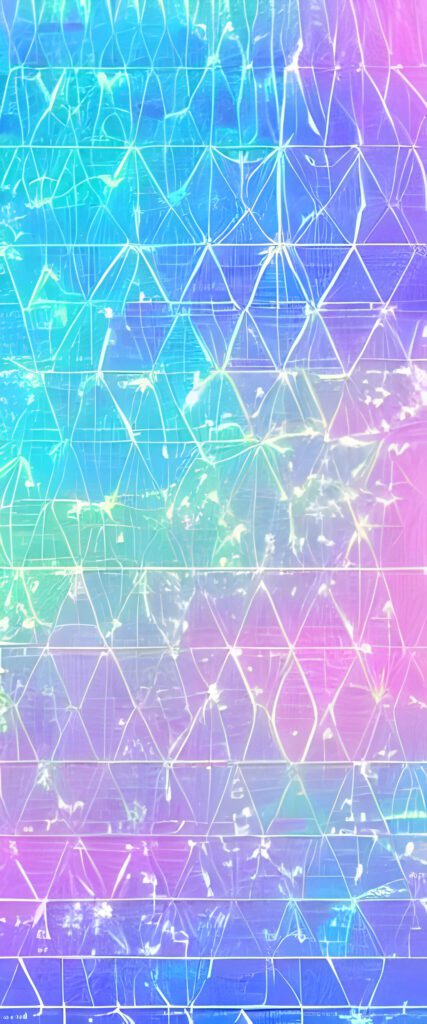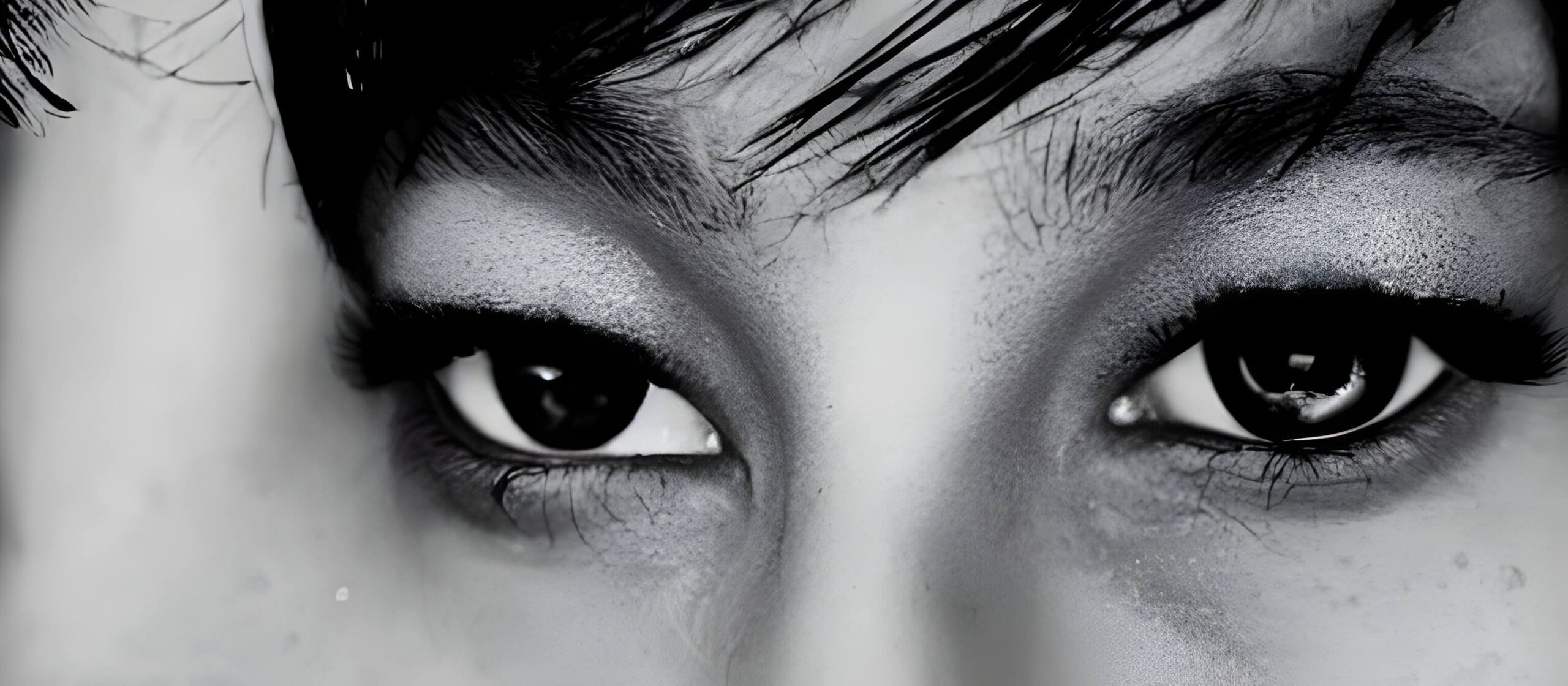We all hurt. We all feel pain. I sure know I do, and if you’re reading this and you think you’re not, then you’re kidding yourself. (Or you’re enlightened, but then why the heck would you be reading this?) That’s not to say that life can’t be beautiful. I love life. But the pain is a part of it. It’s how you handle the pain that’s the secret.
Some people stuff it down and shut it out until it burns a hole into their innards and eats them up from within. Others seek out a friend to talk to. Others go to therapy. Others journal, or shout, or eat, drown the pain in distraction, exercise, practice meditation or breathing exercises, and on and on. The truth is, most of us do any of these at different times. And that’s fine.
But I want to invite you to turn your pain into art. There’s a unique energy to pain, it hits a certain frequency that’s particularly attuned to attracting beautiful ideas. That’s not to say that you need to seek out more pain—you’ve got enough pain to last you a lifetime, as long as you really face the pain you already have.
I’ve heard that birds sing out of pure joy. I don’t believe it. I don’t believe writers write or painters paint because they’re bursting with the exuberance of life. They write because they’re in pain. They write to exorcise that pain. They write or paint because if they didn’t, the pain would kill them or drive them mad.
— Steven Pressfield, Govt. Cheese
What is that pain? Is it specific? Is it really the love you lost or the child who drowned or the friend who burned to death in a Humvee when you were two feet away and couldn’t save him?
I don’t think so.
I think Steven is onto something there. Think about one of the most beautifully tragic songs written in recent times: Tears In Heaven by Eric Clapton.
I don’t think Clapton would be able to perform this song if he’d tap into the real pain of losing his 4-year old son every time he sings it. Instead, he tunes into a frequency that resonates with his pain, not the pain itself. Pressfield aptly put this in words too:
You have to reframe the event. You have to apply distance. You have to reinvent it. You have to make it up.
The only way the singer can express this pain is as an artist, meaning she has to find a mental and emotional place at one remove (or more) from the straight event–and then perform the event.
[…]
And this expression of pain becomes a gift to every heart who hears it. Women and men in the audience weep. They are recalling a pain that is not Edith’s but is the same as Edith’s, their version of the pain Edith is expressing in her rendition of the song.
The music is art.
The lyrics are art.
The performance is art.
The pain expressed is derived from real pain. Its genesis is actual suffering, endured by a real person. But the song itself and its rendition are not the real pain, or the artist would choke up and break down. Instead the warble in her voice, the catching of the throat in her performance is art. It is not life. It is artifice.
There’s something very deep here. How do we endure pain? How do we transcend it? We turn it into art.
How does this happen? I’m sure many more learned men have written about this, have all kinds of models of explanations and theories, but I for one believe simply this: it’s a mystery, and will remain so. We’ll never truly understand and decode our innermost workings. We can’t truly know. We can only do.
This happens instinctively

On some level we feel that, even though we often aren’t consciously aware of it. What is it that propels us to lose ourselves in our art? Why did Jimi Hendrix play the guitar during every waking hour? Why did Van Gogh keep drawing like a maniac, despite the lack of recognition?
Think back to your own childhood days when you were fully immersed in some creative activity: it removed yourself from your own reality that was filled with your own pains, and instead transported you into a different, better world of your own design, one where the pains of this world didn’t reach, one where you could live a sort of superhero version of yourself.
You don’t sit down and think: “Oh, I’m feeling really shitty, I better do some creative work now!” But for some reason, some of us are guided into it; that place where creativity transforms pain into beauty. And once you experience it, you’re hooked. You want more of that magic of work.
That’s not to say that it’s all smooth sailing from there on: all the pains, all the enticing distractions, all your inner demons will still get in your way, will constantly try to derail you. But this too is part of the dance: overcoming creative blocks.
It’s as if the pain shows you the way. On some level you know that when you create good art, when you find a way to take an aspect of your truth with all it’s beauty and all it’s ugliness, and somehow turn it into an external representation that you can share with the world, then you transcend the pain. It’s a sort of magic at work—like these two things, your pain and your art, are interlinked in different worlds, and when you complete the one, you’re ready to move on with the other.
Some more Pressfield:
This is what the writer wrestles with. This is the passage. You pound keyboards until you wear the sonsofbitches out. Each page is trash. Unreadable. Unpublishable.
You’re stuck. You’re immured within the pain. It doesn’t matter if your pain is frivolous or unworthy. It doesn’t matter if it’s not the exalted anguish of Abelard and Heloise or Dante and Beatrice or Aleksandr Solzhenitsyn in the gulag. It’s your pain. It’s real. Your ordeal of expression is as valid as Shakespeare’s, or Milton’s, or Virginia Woolf’s.

We’ve all been there. You can feel there’s something in there, but every time you reach for it, all you get are weeds and garbage. At times it seems like there’s an an unbridgeable divide between that which you produce and that what you feel within that’s just as wide as the yawning abyss between what you produce and between the work of the greats of your field. It’s discouraging. It can make you want to throw in the towel and just get a job which pays you good money so you can enjoy a nice life.
The difference between the artist and the non-artist is that the artist doesn’t give up, the artist trusts the process, and then, eventually, we get to that something. Here’s Pressfield’s moment:
That’s what I’m trying to do. Sitting for months at my manual Smith-Corona, seeking the idiom, the phrasing, the tone of voice, that will let me express that agony that is eating my guts like cancer.
I never do. As Joni Mitchell wrote (I’m paraphrasing) . . .
He tried but he could not get it down.
Not for truth or mystery.
Not for love or money.
Yet, one day, I was able to write. One day I could produce a page that was more than an inarticulate grunt.
One day I could write a page that was a story.
What we do as artists, you and I, is in its way as lofty an enterprise as that undertaken by God Himself when He made this world. We powerless, broken mortals, blind and deaf and stumbling, afflicting one another and destroying ourselves, the best parts of ourselves, in isolation, fearful of and furious at our brothers and sisters . . . yet somehow we find within ourselves the capacity to produce that which heals others, which brings balm and surcease of pain, even if only for a few moments in the lamplit dimness of a cabaret, to men and women we don’t know and never will.
The healing power of art

And somehow, when we get that something, we lose something else: a bit of pain. We’re now not in an eternal Elysium. We’ve not gotten rid of all our pain, but of a splinter in our soul. And that’s how you do the work. That’s how you create your art. That’s how you heal.
“I almost subconsciously used music for myself as a healing agent, and lo and behold, it worked… I have got a great deal of happiness and a great deal of healing from music.”
— Eric Clapton on Tears In Heaven
Keep practicing your art. Face your pain. Be true to what you feel. It is through that that you create meaningful art—the only art that matters. It is through this creative healing journey that you heal your pain, grow, and evolve both as an artist and a person.
